Affiliate links on Android Authority may earn us a commission. Learn more.
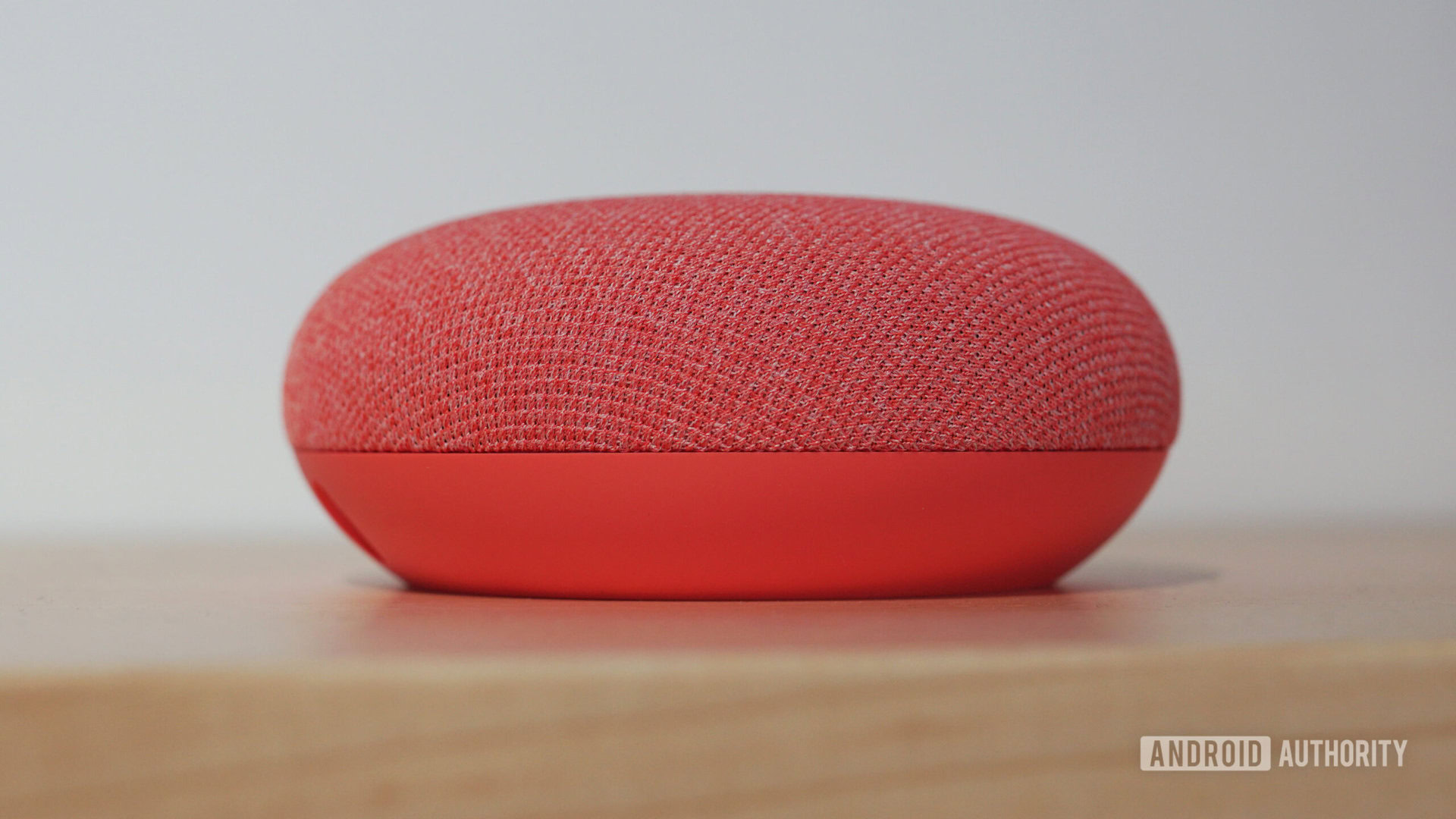

Google Nest Mini review: A better sounding in-home assistant
Published onJuly 4, 2023

Google Nest Mini
MSRP:
What we like
What we don't like

Google Nest Mini
The Google Nest Mini is a second-generation miniaturized smart speaker for your home, replacing the Home Mini in Google’s lineup of Assistant-powered hardware. If you want to know whether or not this little speaker lives up to its big aspirations, we’ve got a tune for you. This is the Android Authority Google Nest Mini review.
Update, August 2022: We’ve updated this review by adding in an FAQ section that answers the most asked questions about the Google Nest Mini, and much more.
Update, March 2023: We’ve added a note to say you can make free phone calls in the US and Canada.
Update, July 2023: We’ve updated info on Google’s restrictions for phone calls.
What you need to know about the Google Nest Mini
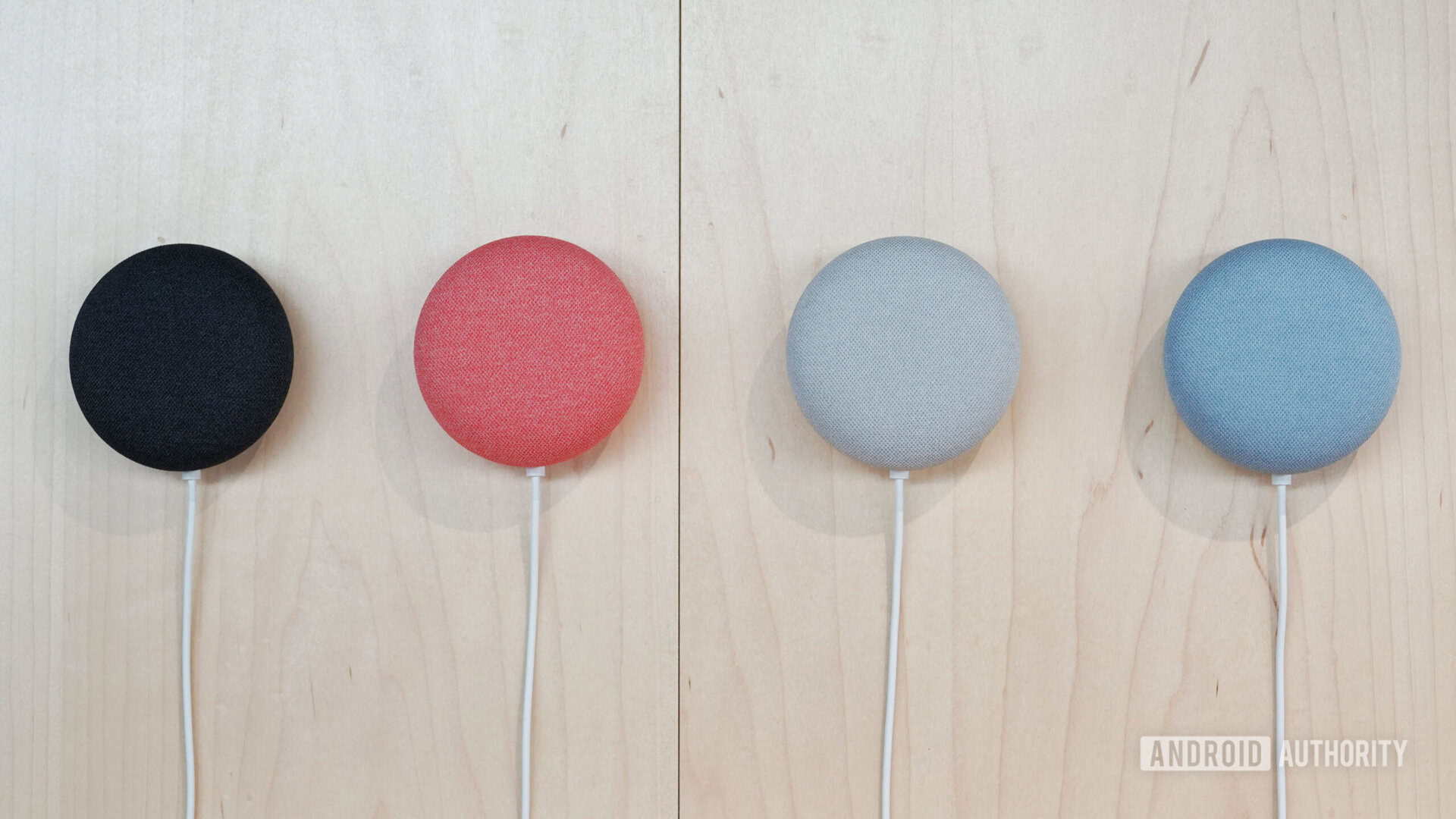
Google is all about getting its voice-powered Google Assistant into as many places as possible. It’s already on every new Android phone, and is available to the iPhone and myriad other devices via apps and APIs. The original Google Home Mini was a fine assistant, but not the best speaker. Google knows that the vast majority of smart speaker users rely on them to play music, and competition has become fierce. A handful of audio gear companies have begun to sell their own Assistant-powered speakers — most of which trounce Google’s in terms of audio quality.
Google set out to improve the music experience delivered by its mighty Mini, and made other refinements along the way. Did Google succeed?
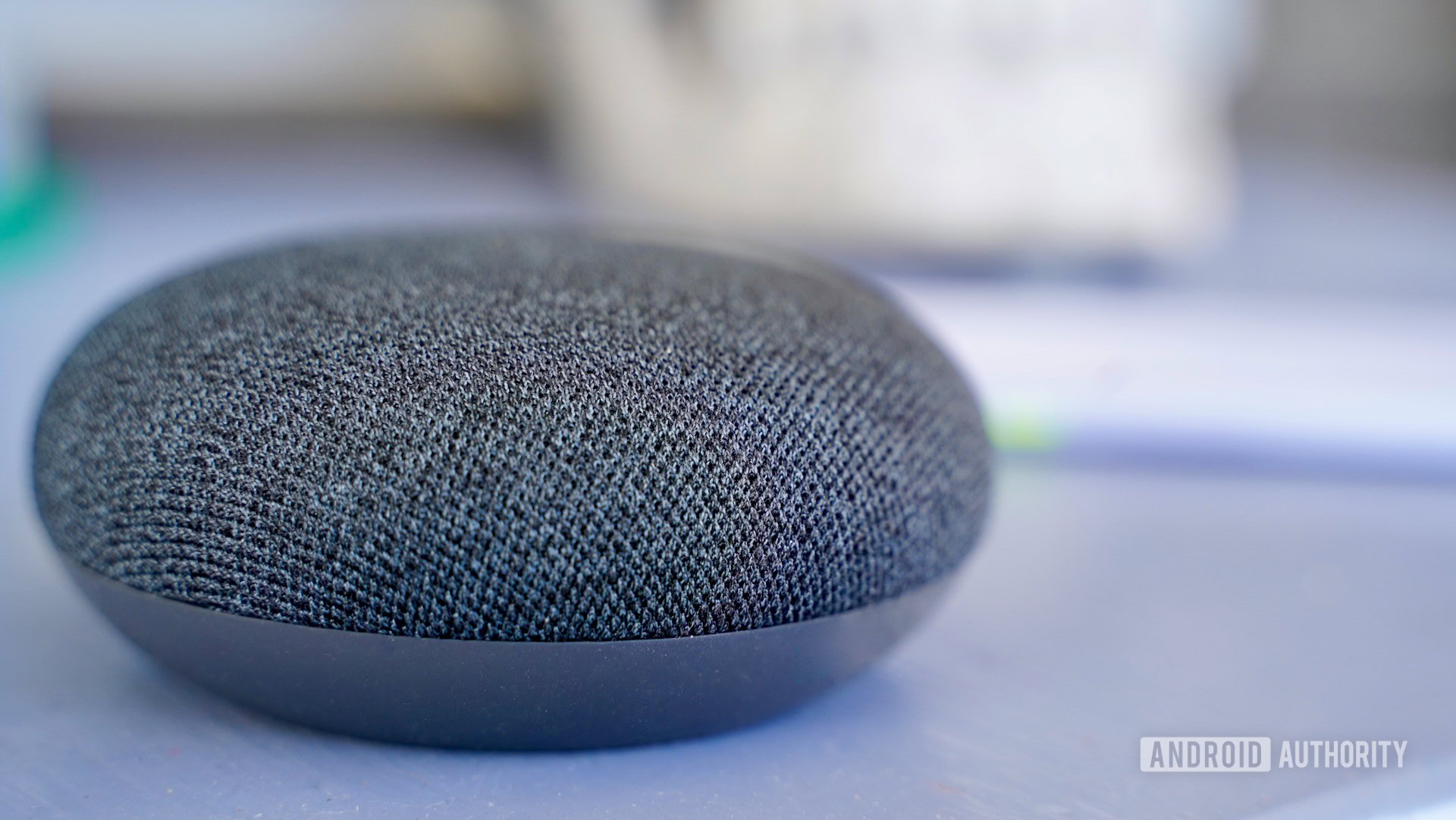
Effectively, the Nest Mini is an updated and rebranded Home Mini. Google consolidated its smart home products under the Google Nest brand back in 2019. Thus the Google Hub became the Nest Hub, Google Wifi became Nest Wifi, and so on.
The Mini looks almost identical to its predecessor, but there are some distinct changes.
The Mini looks almost identical to its predecessor, but there are some distinct changes. The dimensions and basic form factor are carried over. That includes the mic-off switch on the edge. The Nest Mini is available in more colors, including Charcoal, Chalk, Sky, and Coral. Google says the fabric that covers the top half of the new speaker is made from 100% recycled plastic water bottles, while about 35% of the chassis is sourced from recycled materials. That’s environmentally responsible.
Perhaps the biggest physical change is the charging port. Whereas the original relied on a micro-USB cable for charging, Google switched to a proprietary pin-style DC plug for the Nest Mini. We wish Google had left the micro-USB intact or, better yet, switched to USB-C. USB-C has become the de facto charging port of the mobile world.
Lastly, there’s a small notch on the back so you can hang the Mini on a wall. Since the device still has to be plugged in, though, the wire will need to drape down. This isn’t the best look, but thankfully there are now third-party accessories that can bundle the charger, cord, and Mini itself into one unit.
How do you use the Nest Mini?

Setting up the Nest Mini takes only a few moments using a phone with the Google Home app installed. You’ll have to go through several steps, such as connecting to Wi-Fi, adding the speaker to a room, giving it a name, and registering your voice. Once this is done, voice commands are a go.
Google says the Nest Mini has three spatial microphones that listen to and analyze the surrounding environment for voices. The Mini is supposedly better than the original at picking up commands, even when playing loud music. It didn’t seem any more or less responsive to me, but it did catch my requests even when music was set to maximum volume.
Four lights on top let you know when the Mini is active and listening, and also provide a gauge for volume. Meanwhile, tapping the left side of the chassis lowers volume, and tapping the right side raises it. The microphone mute switch is on the rear. When it’s used, you’ll hear an audio alert and the lights on top will turn orange. Orange equals no mic.
The Nest Mini includes a machine learning chip, which helps speed up performance. Google says the Mini is able to learn your most common music requests or smart home commands for faster response times.
Does Nest Mini sound any good?
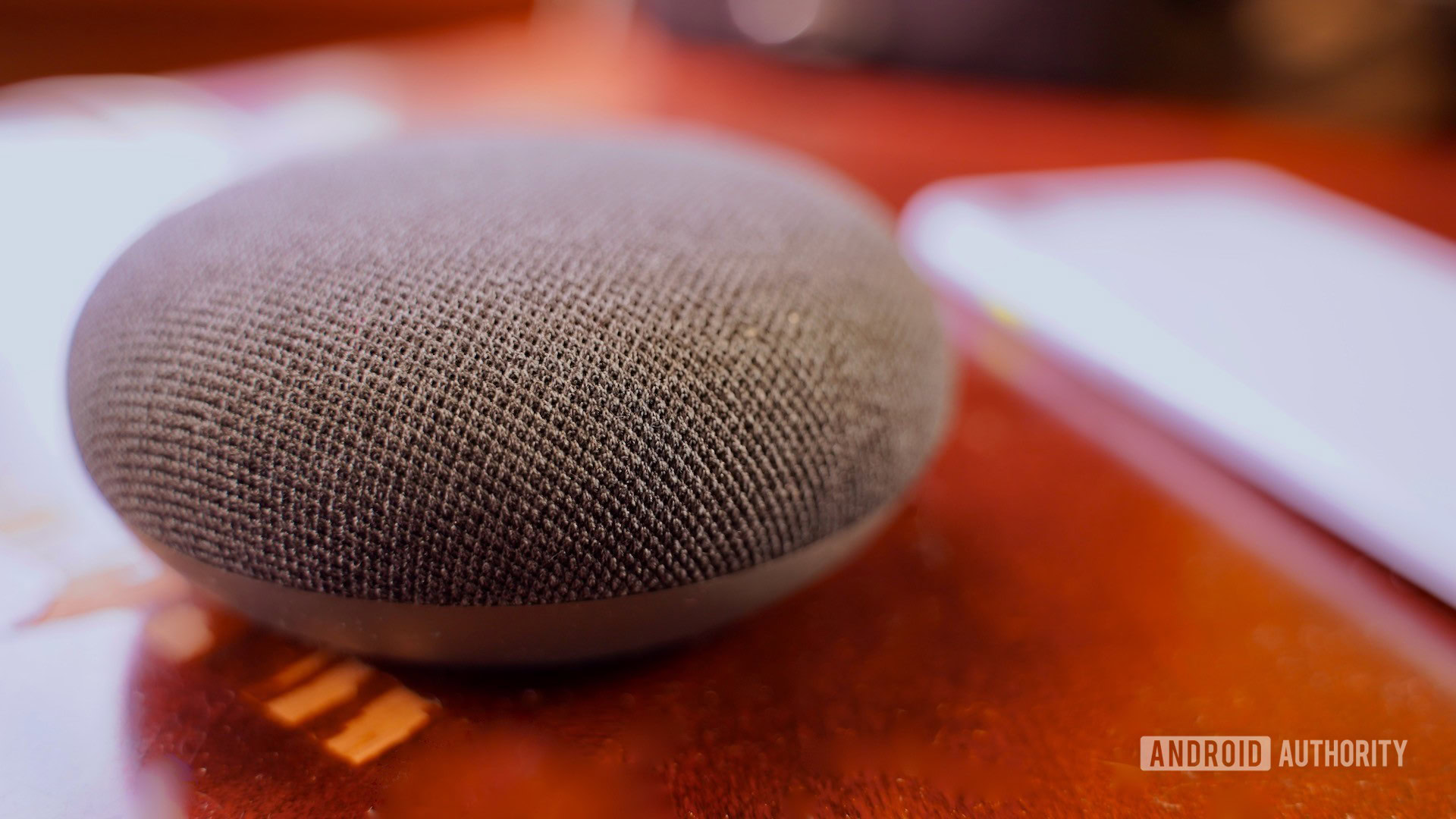
Surprisingly, yes. Google claims the Mini thumps out twice as much bass as its predecessor while keeping highs and mids clear. I tested all manner of music on it and came away fairly impressed.
The speaker preserves the details of your favorite tunes with clarity that has to be heard to be appreciated. Distortion at high volumes is minimal. Google engineered the Mini so it can be played loud.
I pounded some heavy metal through the Mini, cranking volume all the way up. The only thing distorted about the sound was the guitars chugging along in the recording itself. I also tried some acoustic, jazz, orchestral, and EDM songs, and they too sounded clean and tight. You’re not going to be able to turn your room into a nightclub, but the Mini is more than capable of filling an average-sized room with pleasing audio.
Google engineered the Nest Mini so it can be played loud.
The original Mini was mediocre for listening to music at best; the sequel is much better. I did some A-B testing of the two and the Nest Mini noticeably outperformed the Home Mini.
I really like some of the Google Home app’s advanced features. For example, you can create speaker groups of two or more and have them all play the same song, filling your house with music. I created a group of all the speakers on the first floor of my house, and it worked surprisingly well. You can also put two Minis in a stereo pair, and the process is pretty simple.
Then there’s the ability to move music. Listening in the bedroom, but want to transition downstairs? Just ask Assistant to move the tunes to the speaker you want and the Mini does the rest.
What else can the Nest Mini do?
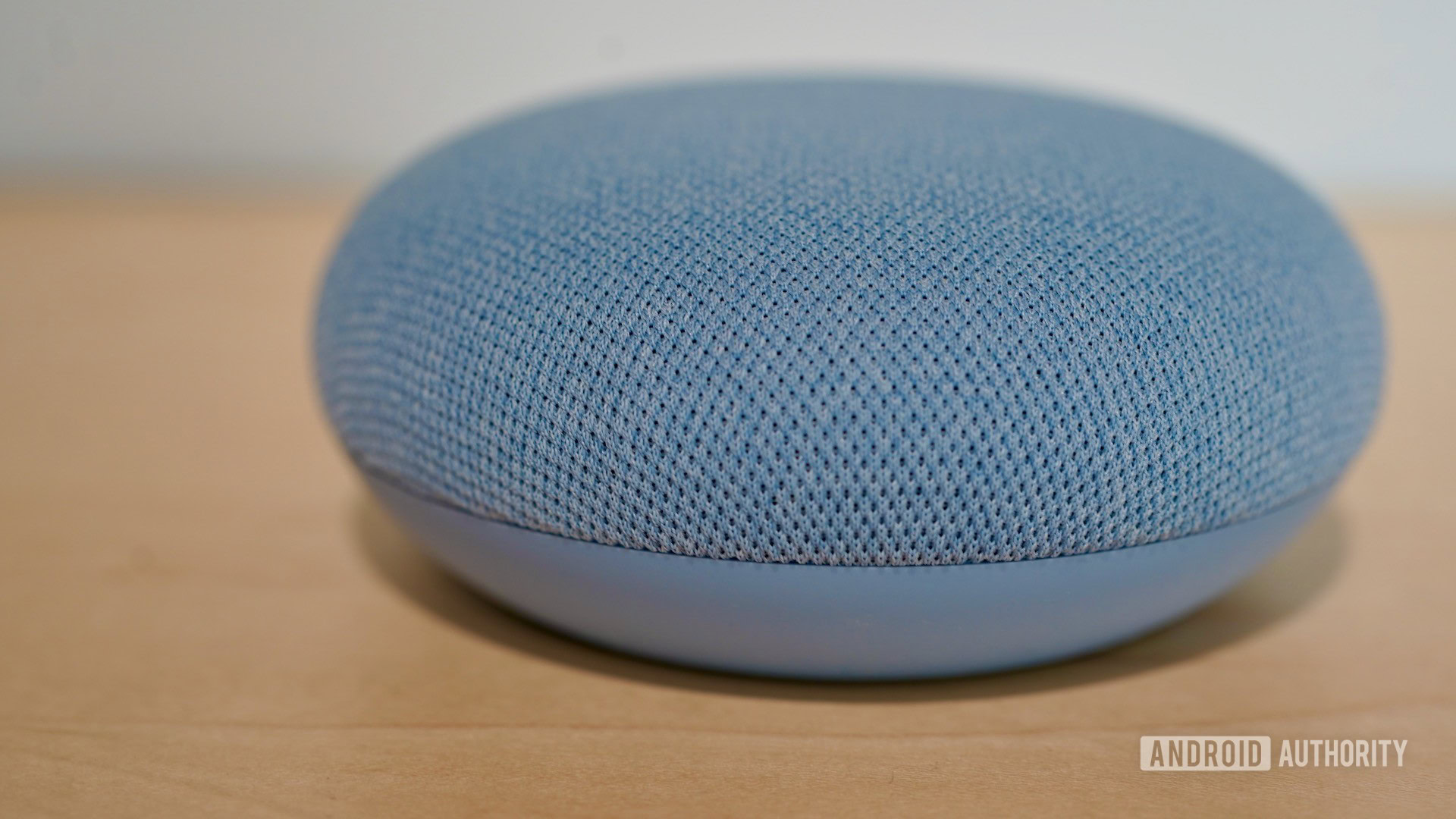
Lots. Beyond knowledge questions (e.g. “Hey Google, how far away is the Moon?”), the Nest Mini can be used as a communication tool. If you choose to set up Google Duo, the Mini acts as a telephone of sorts. You can have it call any one else with Duo for a speakerphone conversation. In the US and Canada (excluding territories), you can skip Duo and make free phone calls to non-emergency numbers saved in Google Contacts.
Then there’s the broadcast mode, which lets you put the Nest Mini (and other Google Nest devices) to use as an intercom system. You can issue a broadcast command from any Assistant-powered speaker, or use the Google Home app on your phone. My favorite use-case is broadcasting in the evenings to let my daughters know it’s dinner time. No more bellowing up the stairs.
All Google Nest products can do these things, and the Nest Mini does them as well as any other.
Google Nest Mini review: The verdict
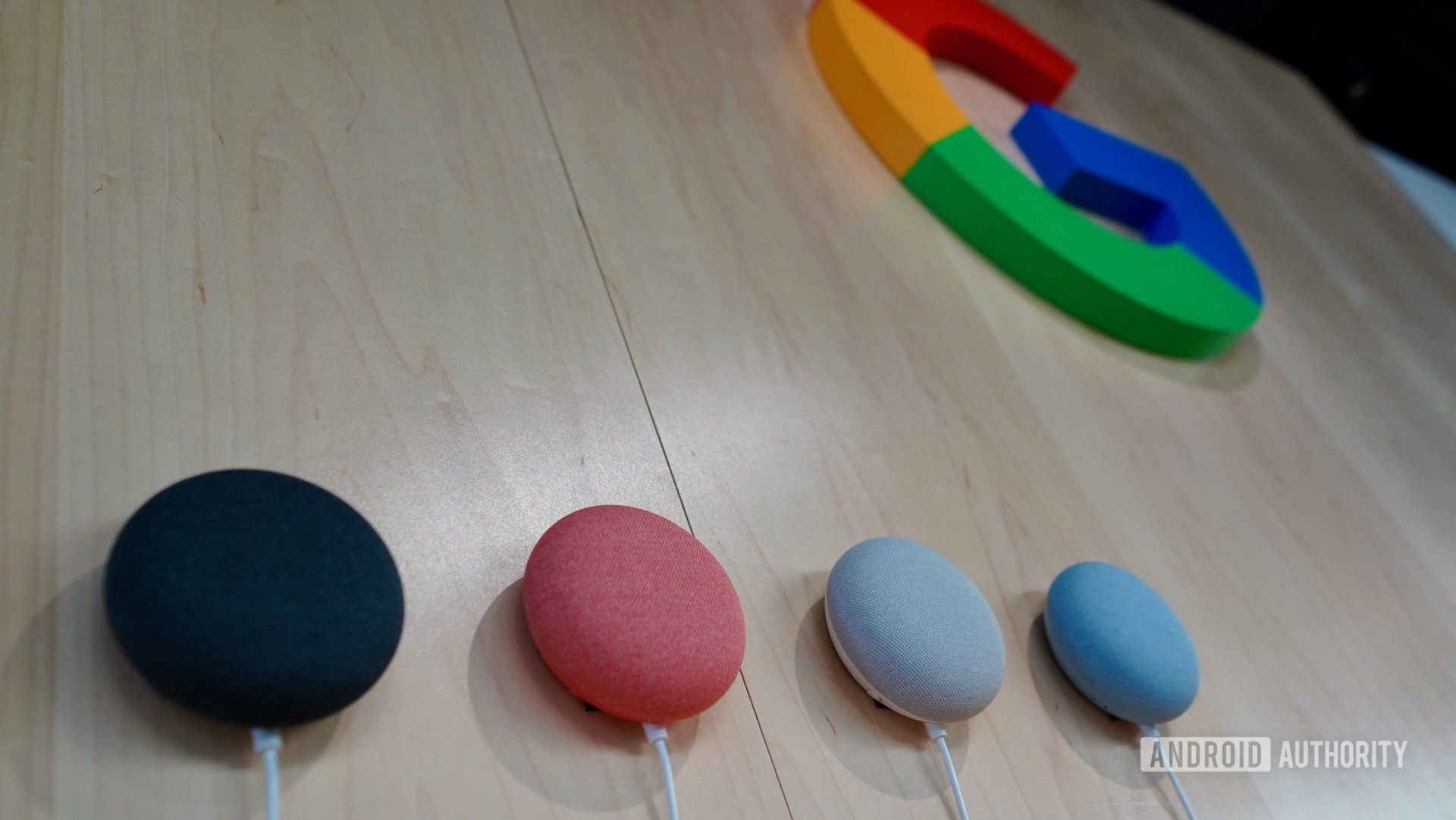
The Nest Mini is available from Google and other retailers for $49, sometimes as little as $29. I’d call that a steal.
If you already have a Google Home, Home Mini, or Home Hub, there’s no reason to replace it with the Nest Mini. Yes the new speaker sounds better than a Home Mini, but it’s not worth forking out the additional cash so long as you’re satisfied with what you own. If you’re buying your first Assistant-powered speaker however, do make sure you get the Nest Mini and not its older sibling. The latter should no longer be available, but check the box just in case.
If you already have a Google-powered speaker that you like, there's no reason to replace it with the Nest Mini.
Are there alternatives to the Nest Mini? You bet. Want bigger sound? Get the bigger Google Nest Audio ($99). This much larger speaker pushes out way more sound and has superior features such as the ability to adjust output for media type and ambient noise. There’s also the Google Nest Hub ($99) if you want all of Google’s smarts in a smart display form factor.
If you’re looking for something that’s a bit more functional than a stand-alone speaker, you have options such as the Lenovo Smart Clock 2 ($69). This product features a fair-sized display that shows the clock, weather, and other data in addition to all the standard smart speaker tools.
Not into Google-powered stuff? Amazon has your back. The closest competitor to the Google Nest Mini is the Amazon Echo Dot ($50). This globe-shaped speaker packs Alexa smarts and produces solid sound. For a little extra, you can get a version with a built-in clock.
In the end, the Google Nest Mini is a fine little smart speaker. It’s a breeze to set up, fits most anywhere, is responsive to voice input, and sounds good to boot. Considering its low price, it’s practically a bargain and a good entry point into the world of Assistant-powered gear.
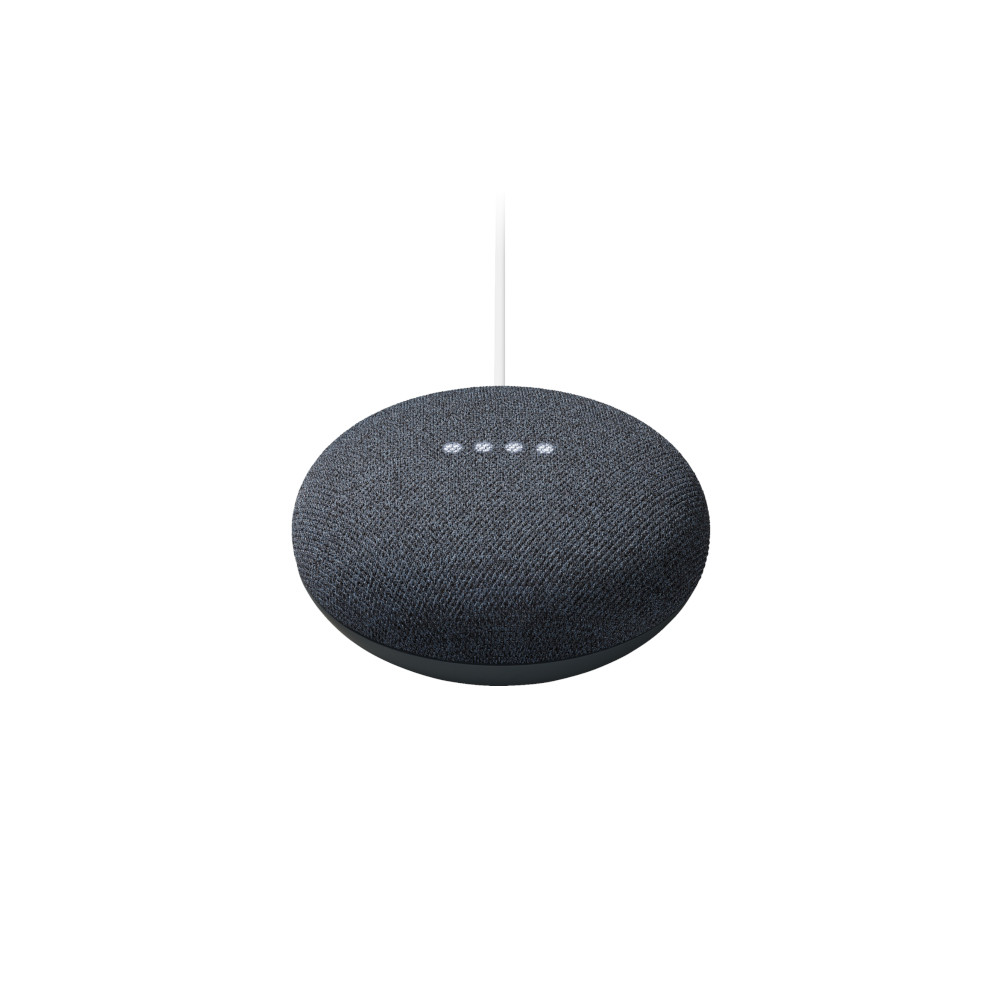

Google Nest Mini top questions and answers
Yes, the Nest Mini can make calls in a few different ways — learn more here.
Yes, just connect the Nest Mini with your phone via Bluetooth and the Google Home app.
The Nest Mini doesn’t need to be paired with a smartphone at all times to work. You can use it independently — you just need an Android or iOS device for setup.
No, you don’t need a subscription, though you’ll probably want some sort of music service if you don’t have one already.
We recommend you go for the second generation (the Nest Mini). The Home Mini is hard to find these days, but even if you manage to track it down, you won’t be saving that much cash.
Start by checking to make sure the Nest Mini is connected to your home’s Wi-Fi network. If that doesn’t help, unplug the speaker and plug it back in, or consider factory resetting the Nest Mini to get things back to normal.